Yesterday I posted this piece on testing for lens decentering using manual focusing. Today I’ll explore an autofocus variant that might be useful when there’s not enough depth of field for the first technique to work well.
I mounted a Sony 90mm f/2.8 macro lens on an a7RII and set it up about 20 feet from an ISO 12233 target. I lit it with two Westcott LED panels set to 5000K. I set the ISO to 100, the f-stop to f/2.8, the exposure to manual, and centered the target. I set the focus mode to AF-S, flexible spot, with the medium spot size. I cantered the target in the frame, centered the spot in the finder, set the shutter speed to 1/640 second, and fired off a shot using the 5 second self timer.
By the way, note my spiffy new Velcro target mounting system. I developed the images in Lr CC 2015.5.
Here’s a tight crop (about 250%) of the upper right rosette:
Pretty sharp.
I set the focus point in turn to each of the four corners, and put the target in the appropriate corner, and made a set of four exposures. Here are the tight crops. You can see which is which by remembering that the coarse sides of the rosette are on the outsides of the images.
The right hand side is a hair softer than the left, but the difference is tiny. I call this lens sufficiently centered.
I reasoned that a zoom might have a larger chance of being decentered, so I swapped the Sony 90 macro for the 70-200 f/4 Sony zoom. I set the focal length to 90mm as best I could (it’s not marked) and made another similar series of exposures, this time with the shutter set to 1/320, since the zoom is a stop slower than the macro.
The overall scene:
The cropped center:
The zoom isn’t as sharp as the macro. No surprise there.
The four corners:
I call that lens centered, too.
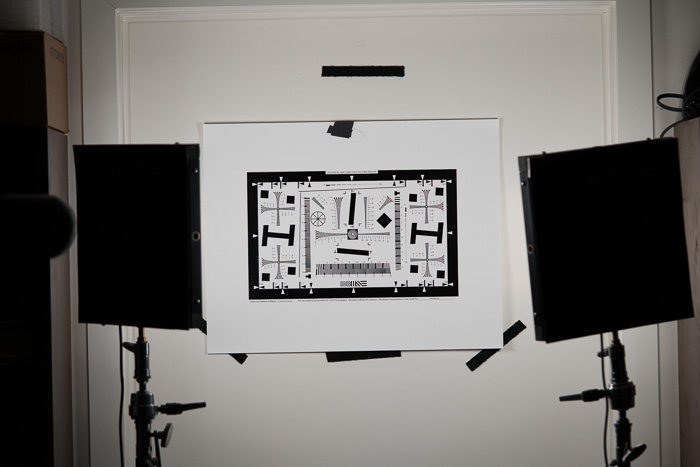
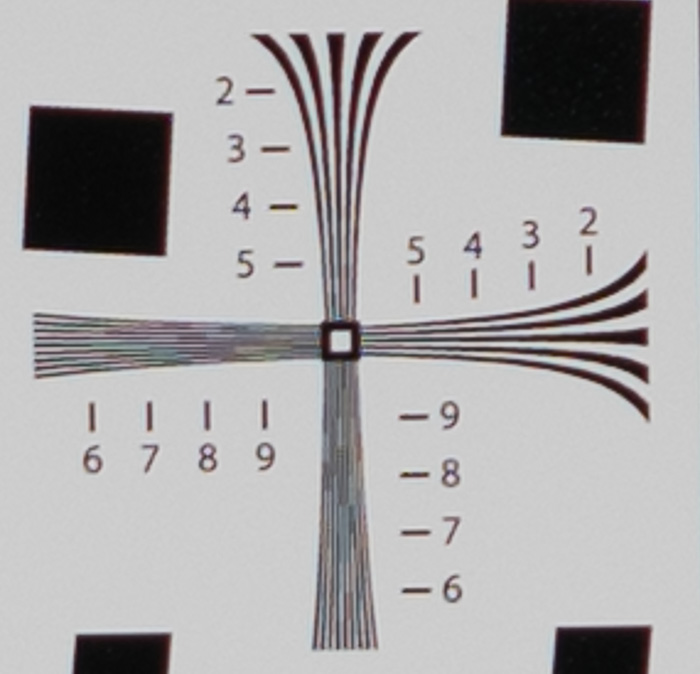
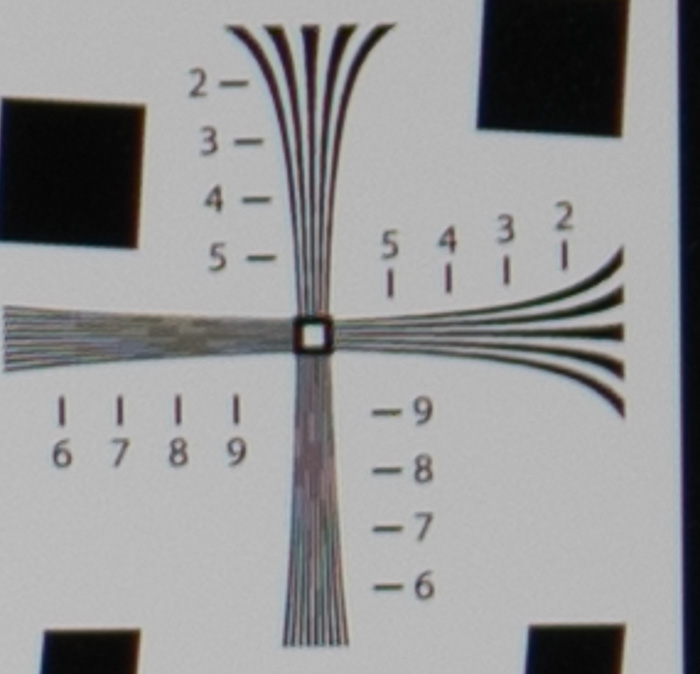
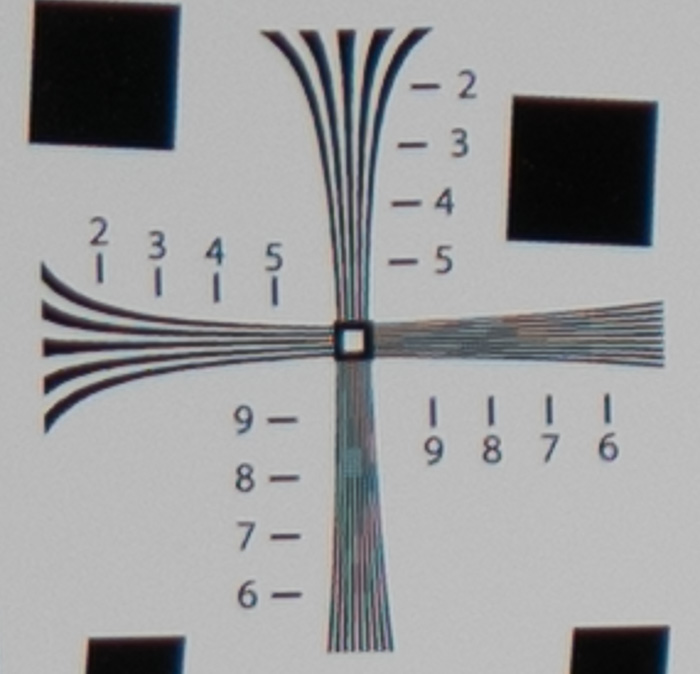
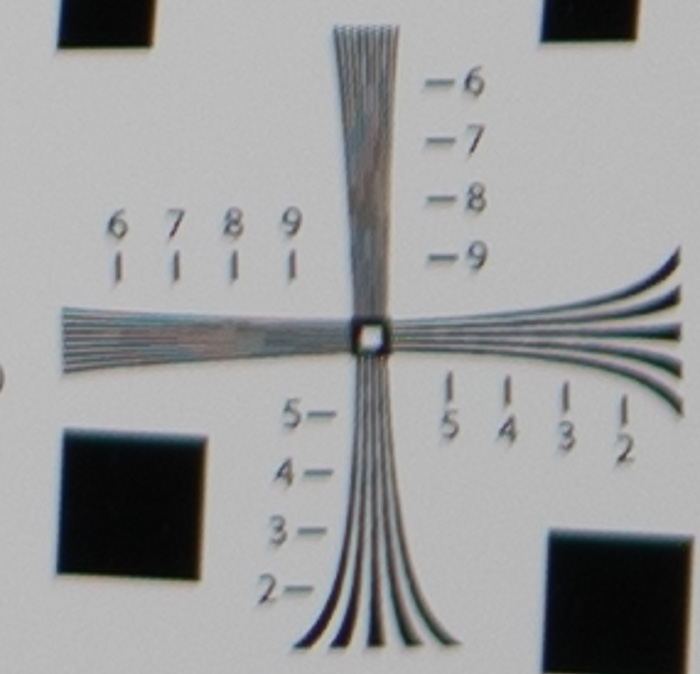
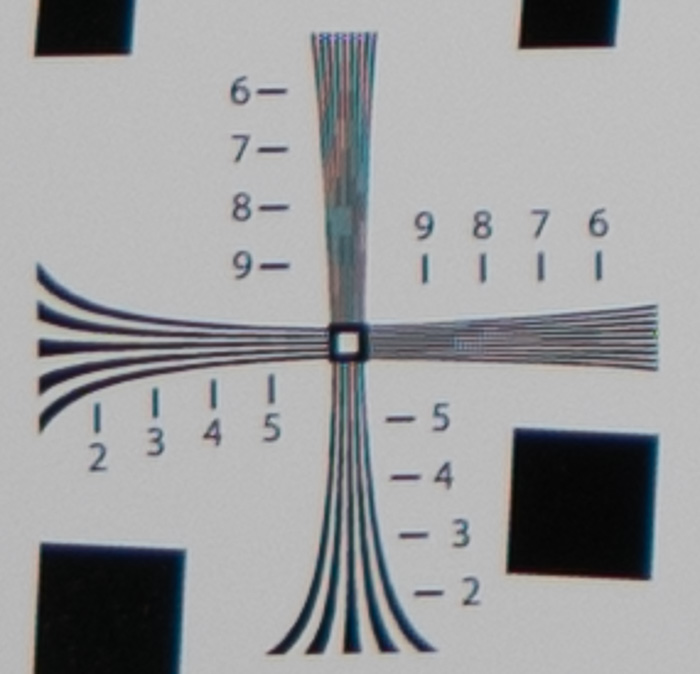
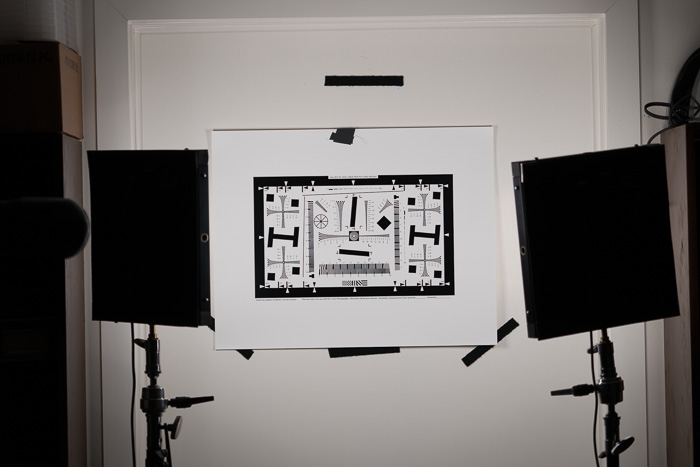
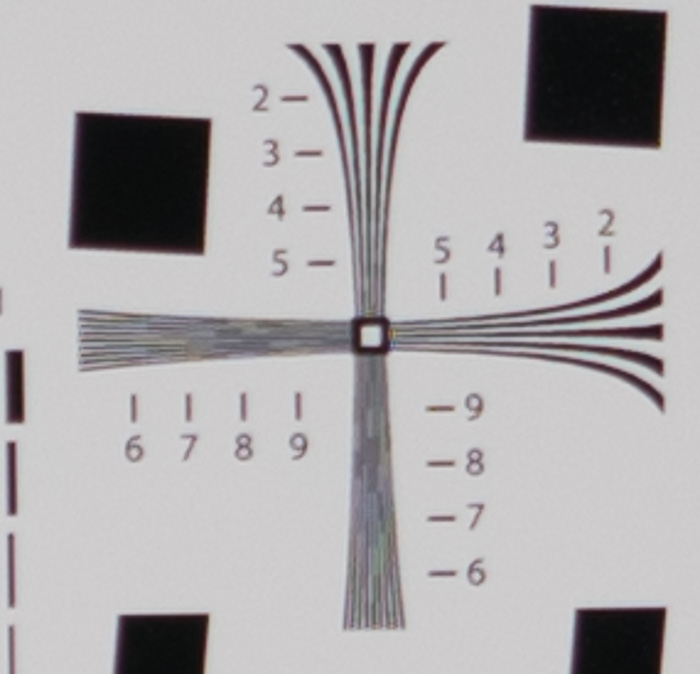
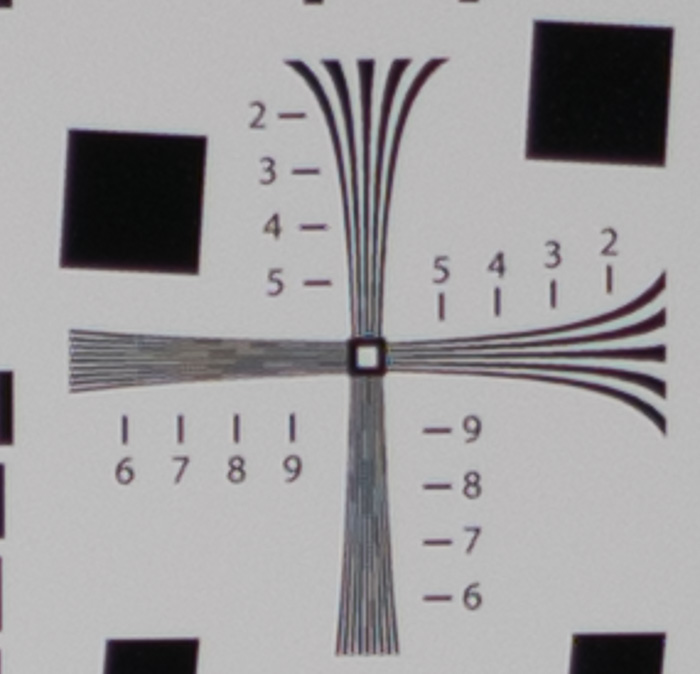
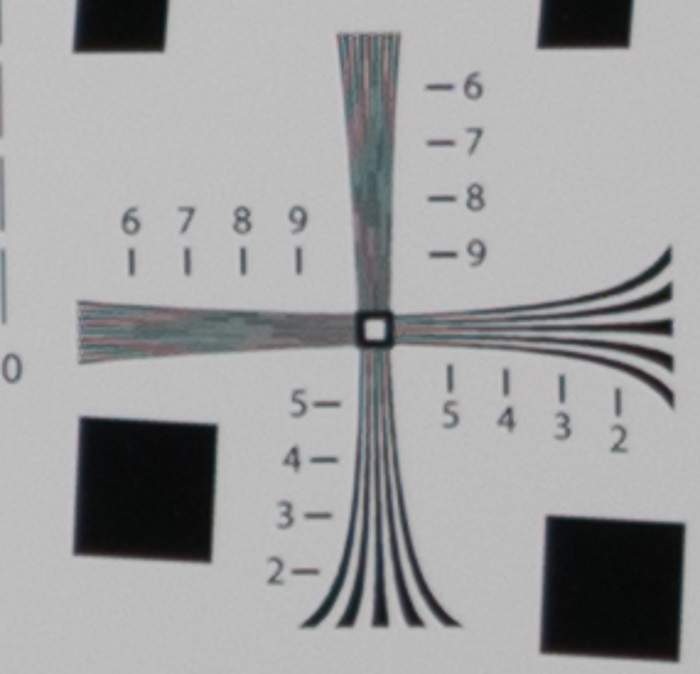
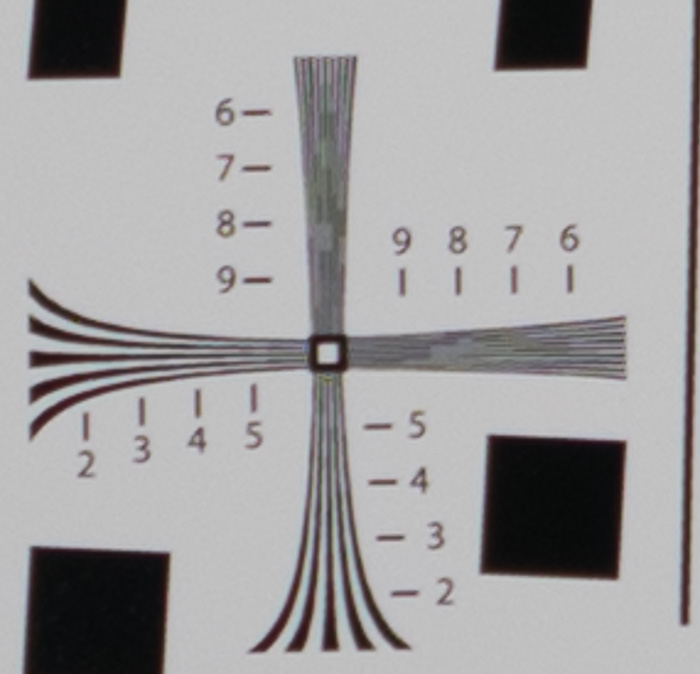
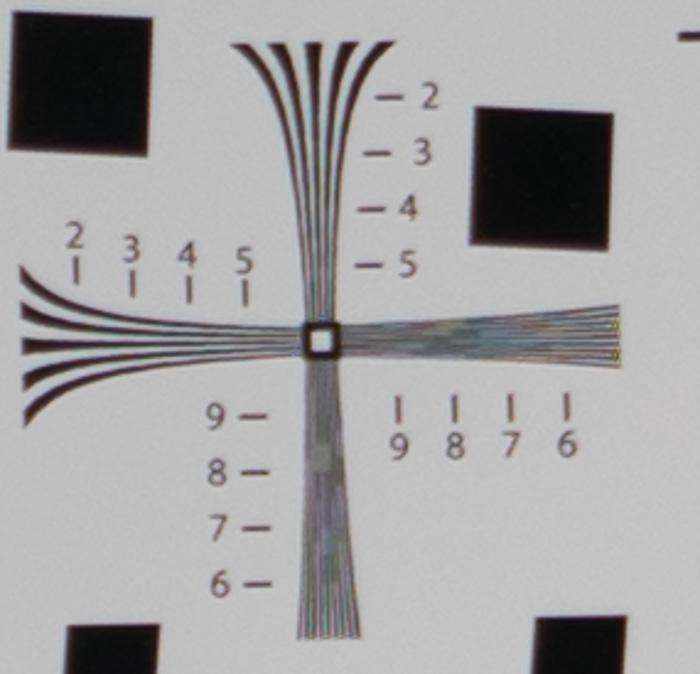
[…] Yesterday I posted the results of testing two lenses, the Sony 90 mm f/2.8 OSS G FE, and the Sony 70-200 f/4 OSS G FE, on the Sony a7RII. The tests were aimed at detecting and quantifying decentering, using visual appraisal, and showed both lenses to have minimal decentering. […]